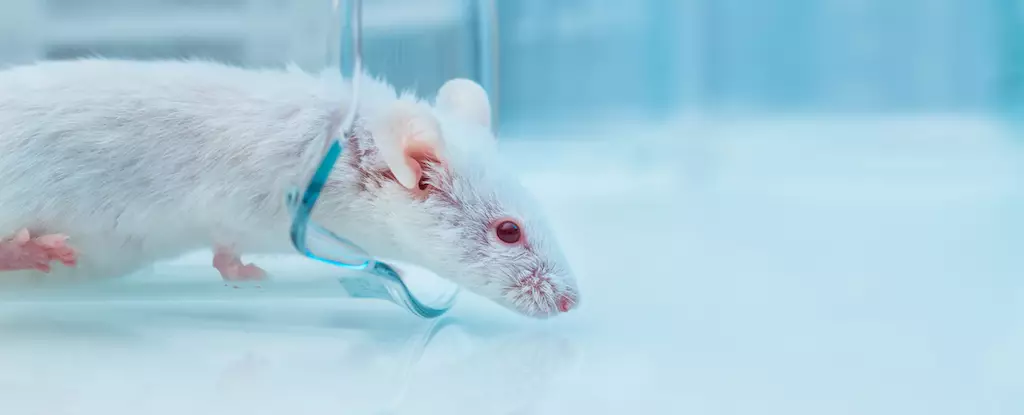A recent study conducted by a team of researchers from the Max Planck Institute in Germany has unveiled promising results regarding the potential of an anti-aging drug cocktail, extending the lifespans of mice by around 30 percent. While this should raise our eyebrows, the implications of such findings beckon a closer examination. The allure of living longer and healthier is a tantalizing prospect, yet we should approach this new frontier with a blend of hopefulness and skepticism. After all, advancements in scientific research can often be misinterpreted and oversold, leading to unrealistic expectations about life itself.
Mixing Old Drugs for New Solutions
The researchers relied on two existing cancer treatments, rapamycin and trametinib, to pursue their goal. It’s interesting to note that both medications were already known for their powers in battling cancer, thus forcing us to reconsider their intended usage. This represents a significant paradigm shift: the idea that drugs designed to combat illness can also be employed to prolong healthy living. The results of combining these two treatments are enticing, yet they also raise critical questions about the true intent behind the drug industry’s innovation. Are we genuinely advancing towards a healthier society, or are we merely delaying the inevitable decline that accompanies aging?
Rapamycin alone has been shown to extend lifespan by approximately 17 to 18 percent, while trametinib can contribute an additional 7 to 16 percent. When these drugs are administered together, the mice benefitted from an impressive lifespan extension of around 26 to 35 percent. Although these findings are hopeful, they can also lead us down a rabbit hole of ethical quandaries. If such treatments were available for humans, what would be the cost, both financial and societal? Would we see a widening of the gap between those who can afford longevity treatments and those who cannot, ultimately exacerbating existing inequalities?
The Healthier Old Age Dream
More intriguing than the numbers is the quality of life associated with these lifespan extensions. The treated mice did not simply live longer; they remained healthier, exhibiting decreased chronic inflammation and delayed onset of tumors. This paints a picture of vibrant aging, one where the twilight years may no longer be synonymous with decline. Geneticist Linda Partridge, a leading figure in this research, suggests that the ultimate goal is not merely to extend life but to enhance the health and vitality of our later years. However, is it realistic to expect drugs to reverse decades of biological deterioration?
While the research is groundbreaking, we must remember that the leap from mice to humans is fraught with unknowns. Historically, many promising medical breakthroughs in animal testing have not translated seamlessly to human outcomes. The drugs in question are already approved for use in humans in the US and EU, which may expedite the testing process. Still, questions linger regarding side effects and the nuances of human biology that differ from those of our murine counterparts.
Hope and Caution
Furthermore, despite the absence of severe side effects in the studied mice, the long-term implications of a dual-drug regimen on human health are still undetermined. Could we unwittingly create a new class of patients reliant on such drugs to maintain their newfound vitality? Additionally, a societal overreliance on pharmacological solutions to aging may obscure the importance of lifestyle choices that contribute to healthy living—such as diet, exercise, and mental health. The chemical alteration of aging through drugs should not become a substitute for the more traditional, holistic approaches that foster genuine wellness.
As we stand at the precipice of potentially transformative discoveries, society must grapple with the ethics of longevity. Who deserves access to such interventions? If we can promote healthier, longer lives, what does that mean for the ecological and social fabric of our world? The pursuit of eternal youth is fraught with perils that demand careful navigation and introspection.
While the prospect of living healthier for longer is immensely appealing, we must tread cautiously. The scientific community carries the burden of unveiling not only the “how” but the “why” behind their discoveries. As we journey further into our quest for longevity, let us celebrate the promise while keeping a vigilant eye on the implications it may hold for humanity at large.

